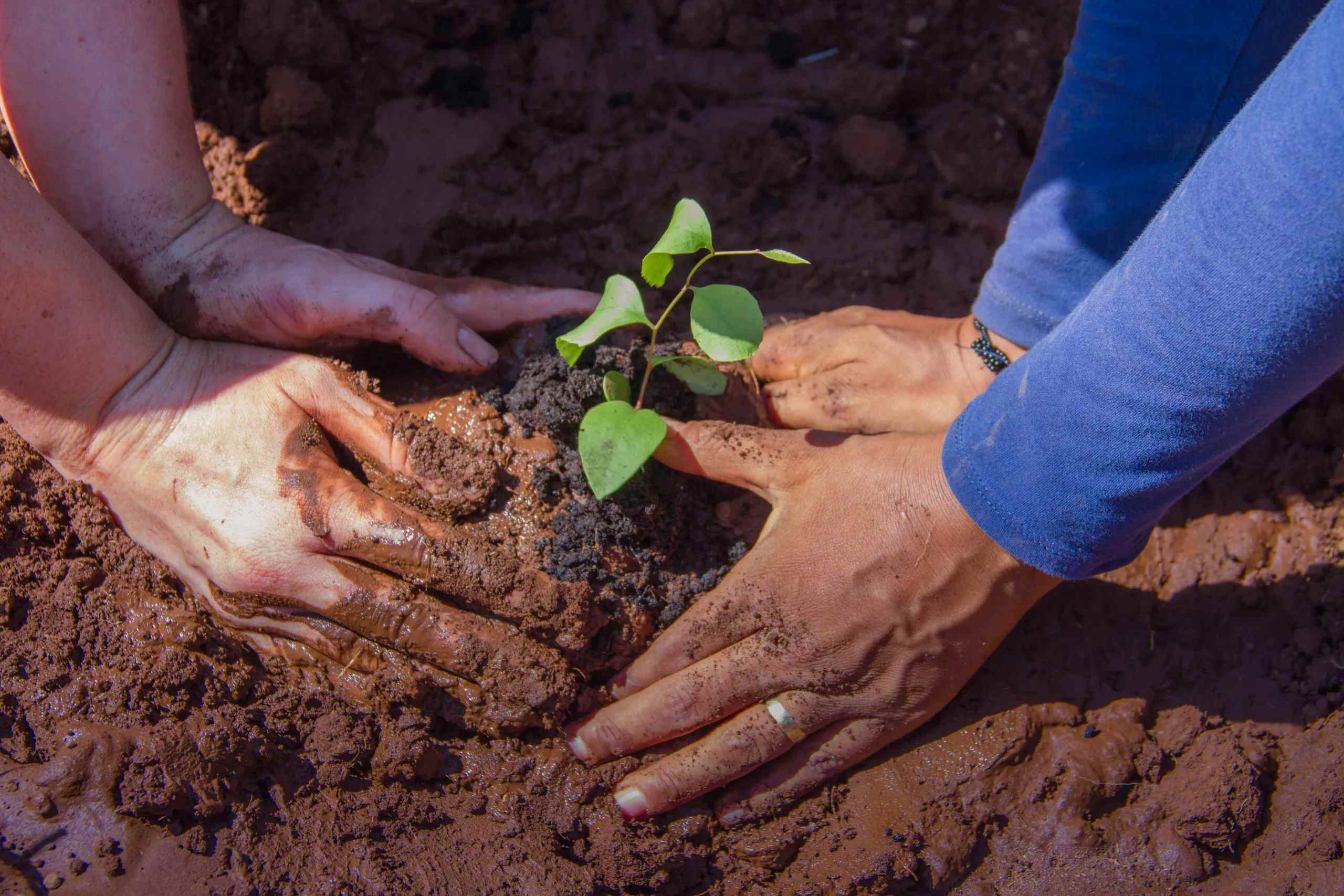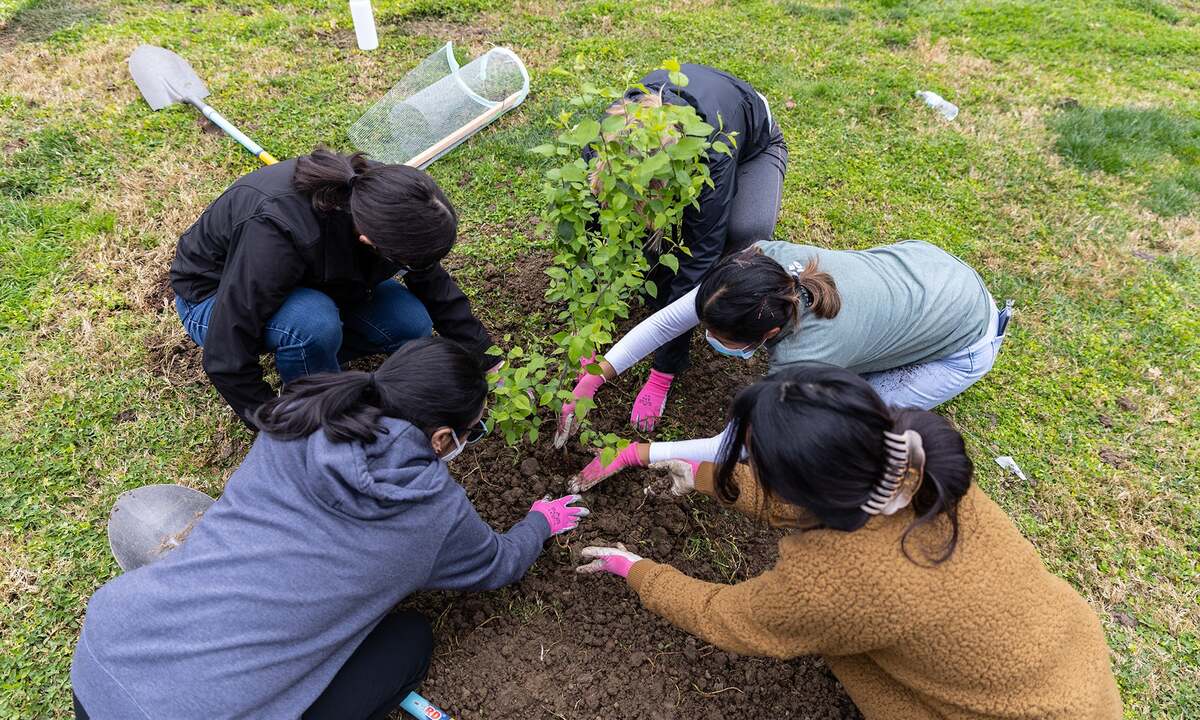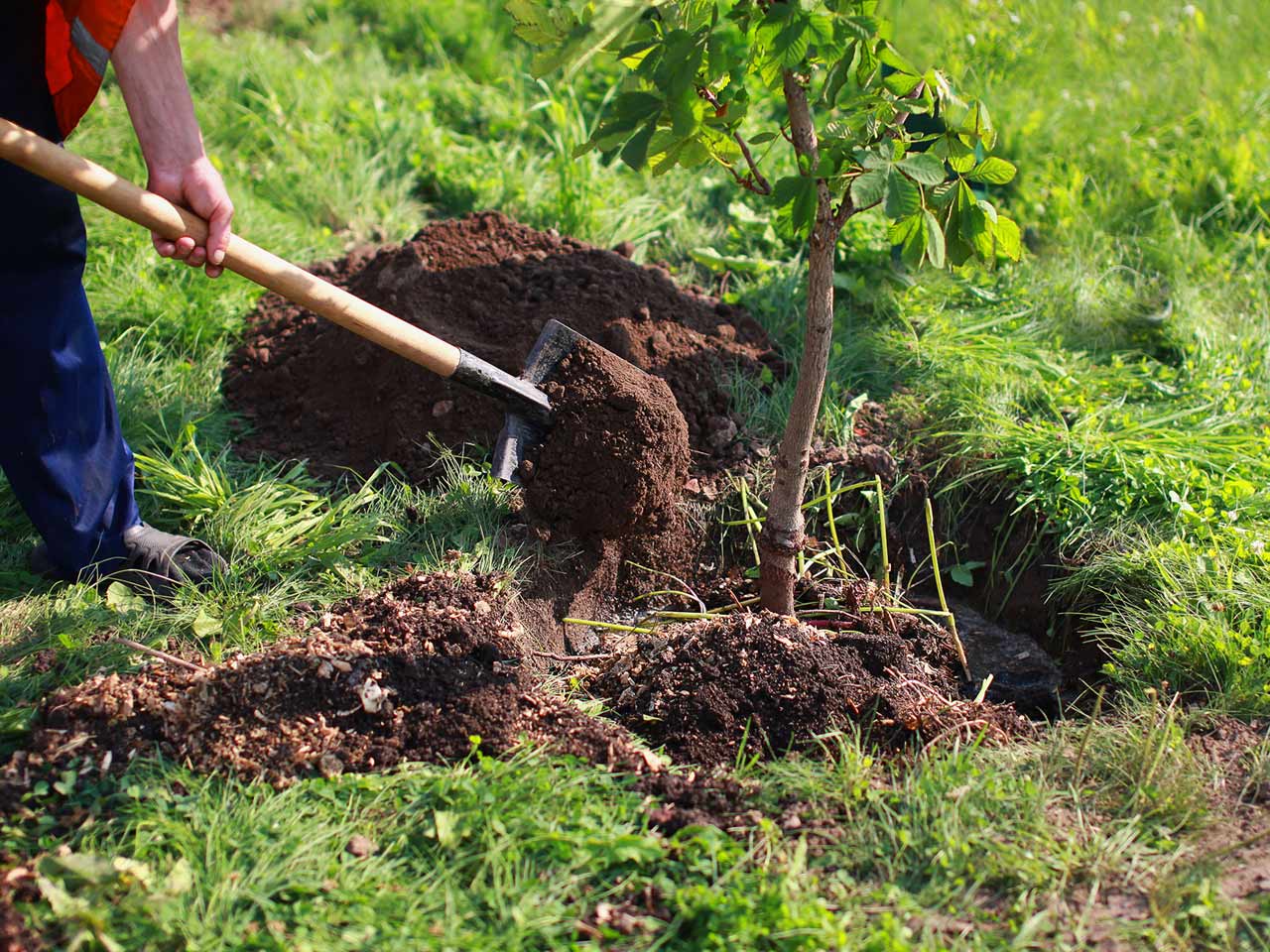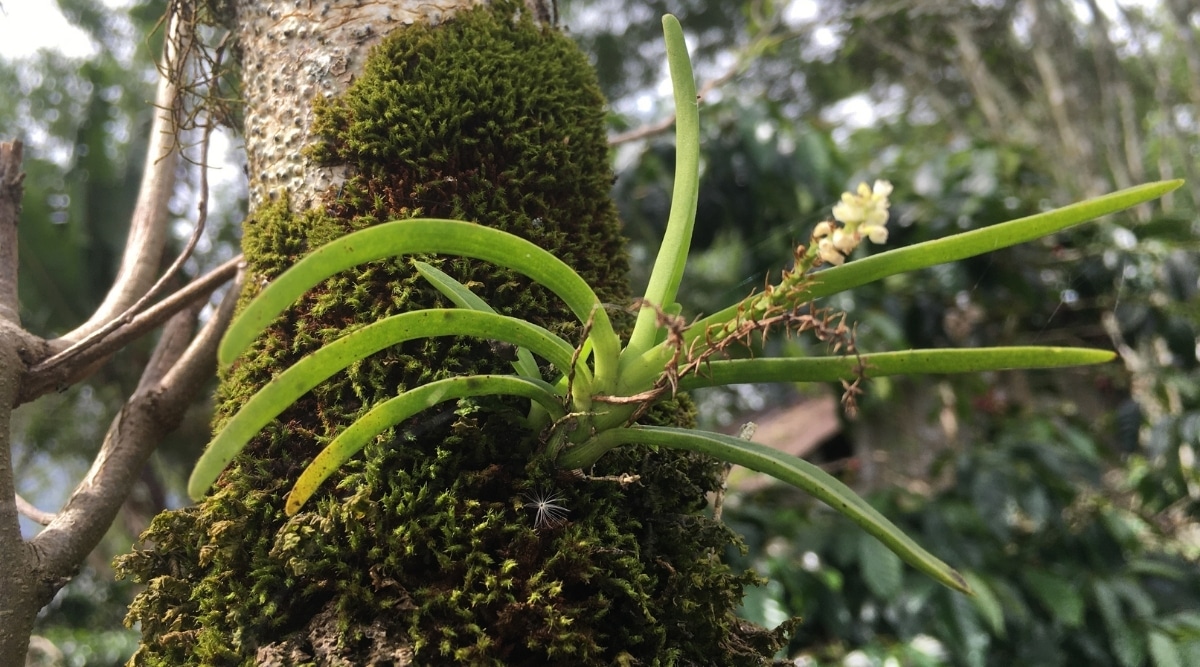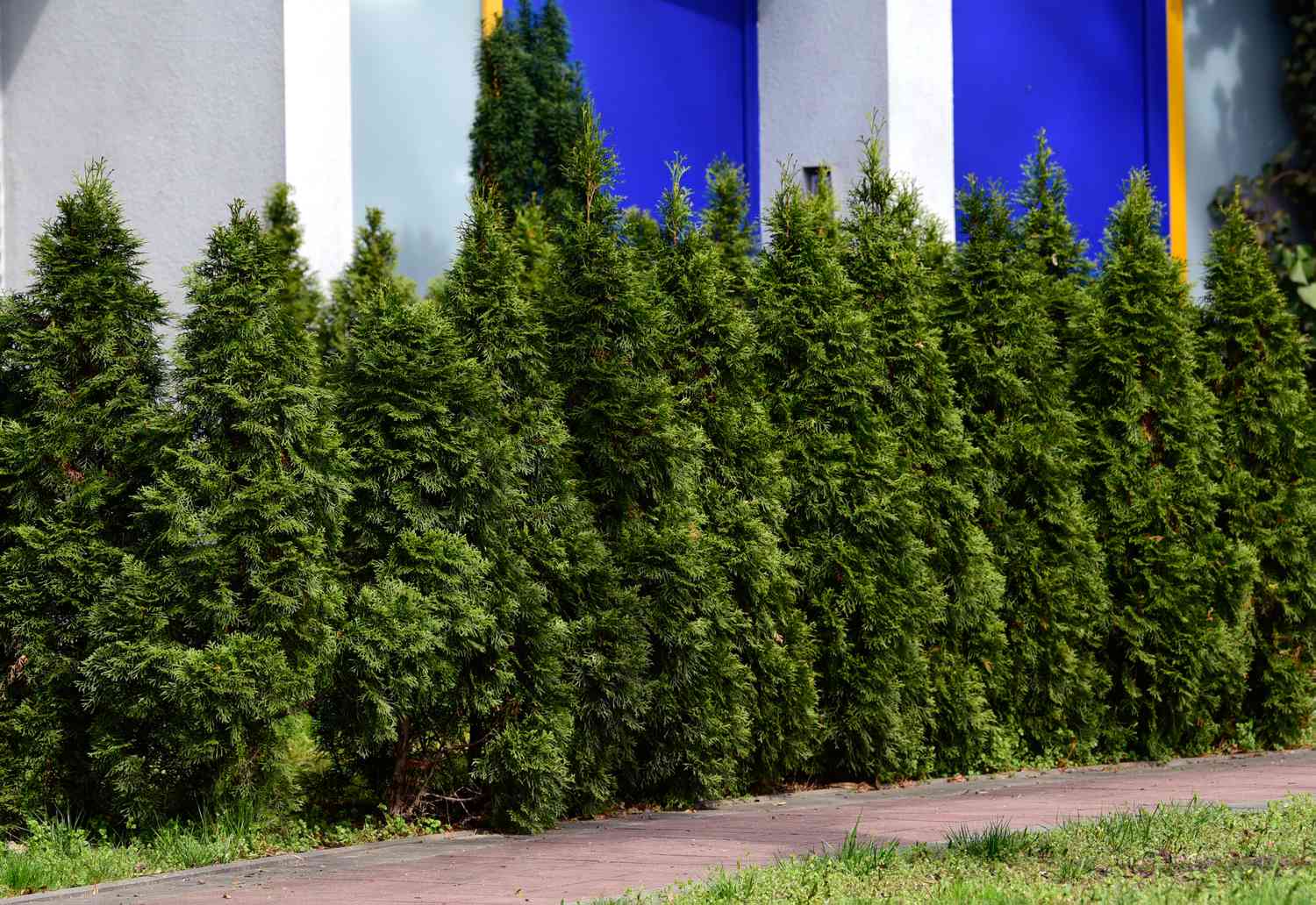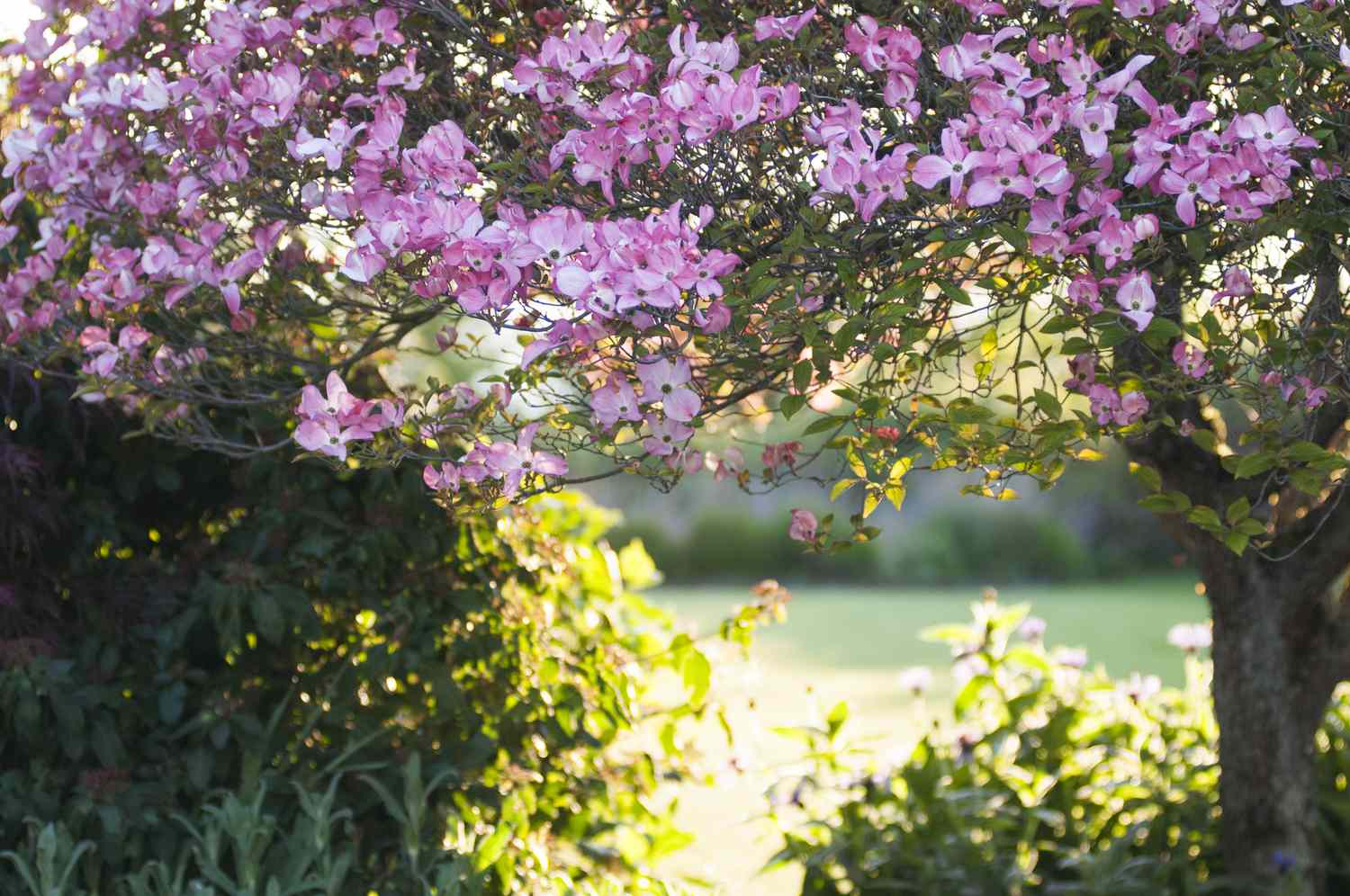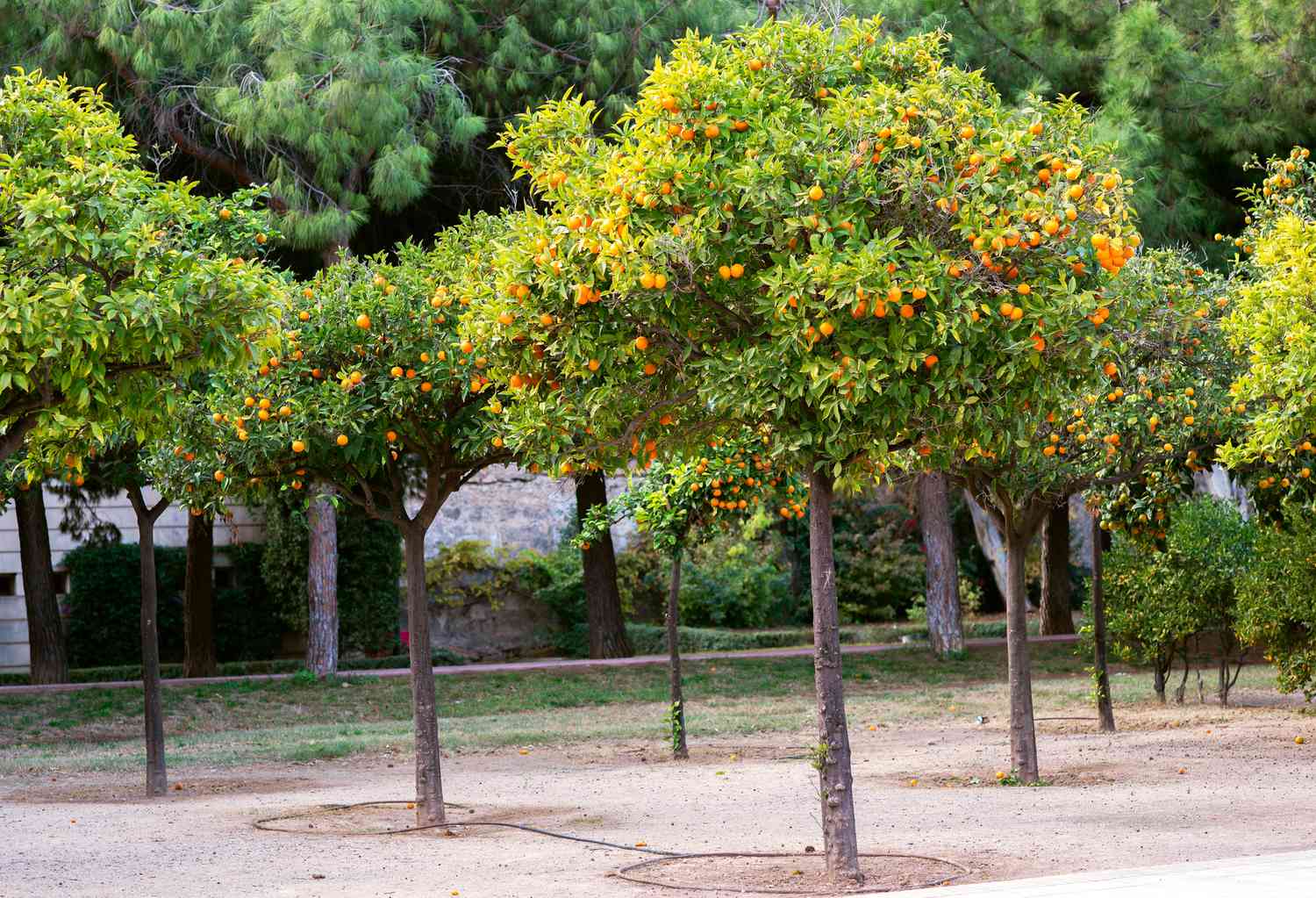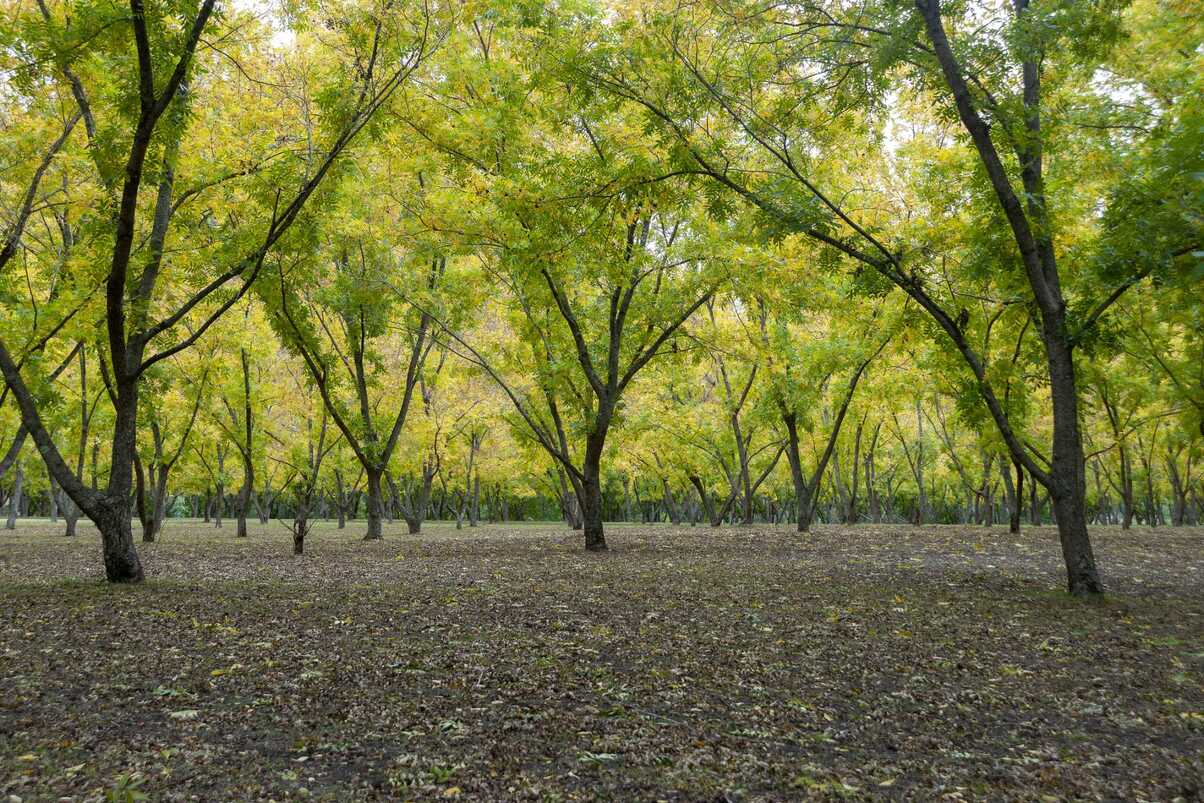Home>Types of Gardening>Ornamental Gardening>What To Plant Around Trees
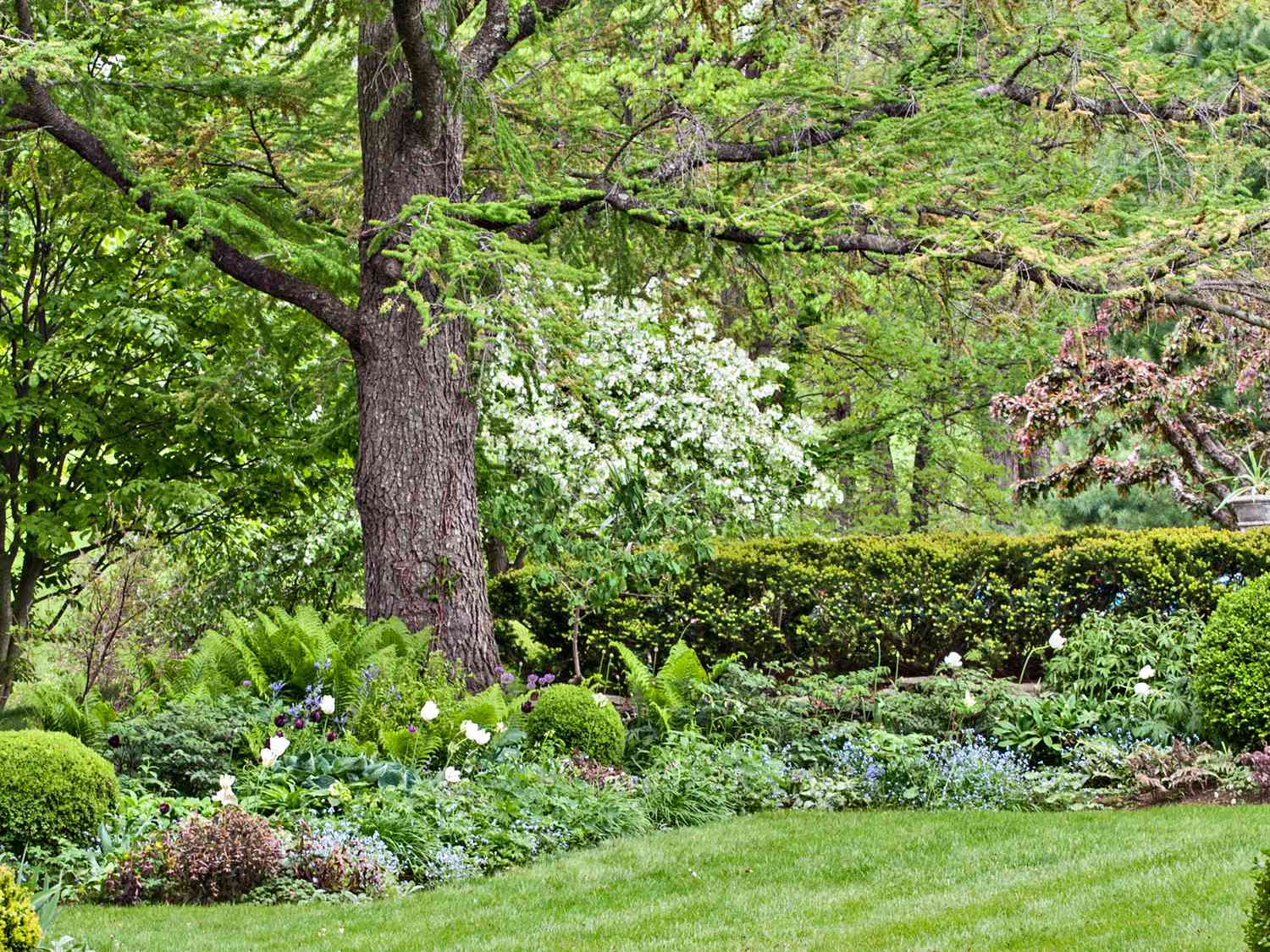

Ornamental Gardening
What To Plant Around Trees
Modified: January 22, 2024
Discover the top tips and ideas for ornamental gardening around trees. Find out what plants to choose for a beautiful and thriving garden.
(Many of the links in this article redirect to a specific reviewed product. Your purchase of these products through affiliate links helps to generate commission for Chicagolandgardening.com, at no extra cost. Learn more)
Table of Contents
Introduction
Welcome to the wonderful world of ornamental gardening! If you have trees in your garden or backyard, you have the perfect opportunity to enhance their beauty and create a stunning landscape by planting around them. Planting around trees not only adds visual appeal but also provides several benefits for both the trees and the overall garden ecosystem.
When done right, planting around trees can create a harmonious and balanced environment, where the trees and the surrounding plants coexist symbiotically. Whether you have towering oak trees, elegant maple trees, or graceful cherry blossoms, there are numerous plants you can choose to complement and enhance their natural beauty.
In this article, we will explore the benefits of planting around trees, the factors to consider before selecting plants, the plants you should avoid, and the best plants to grow around trees. We will also provide maintenance tips to ensure the long-term health and vitality of both your trees and the surrounding plants.
So grab your gardening gloves and get ready to transform the space around your trees into a captivating and vibrant oasis!
Benefits of Planting Around Trees
Planting around trees offers a range of benefits that contribute to the overall health and aesthetics of your garden. Here are some key advantages:
- Enhanced beauty: By planting around trees, you can create a visually appealing landscape that complements the natural beauty of the trees. The combination of different plant colors, textures, and heights adds depth and interest to the space.
- Improved biodiversity: Adding a variety of plants around trees increases biodiversity in your garden. This attracts a wider range of beneficial insects, birds, and other wildlife that contribute to the ecosystem’s health. The diverse plantings also provide different food sources and habitats.
- Soil enrichment: Planting around trees helps improve soil quality. The additional plants act as ground cover, protecting the soil from erosion and reducing weed growth. They also contribute organic matter as they shed leaves, flowers, and foliage, enriching the soil with nutrients over time.
- Reduced water runoff: The root systems of trees are designed to absorb a significant amount of water. By planting around trees, you can create a more efficient system for managing rainwater runoff. The additional plants effectively absorb and utilize water, reducing erosion and the risk of flooding.
- Temperature moderation: The shade provided by trees combined with the plants growing around them can help moderate temperatures in your garden. The plants act as a natural shield against intense sunlight, keeping the surrounding area cooler during hot summer months and reducing energy costs for nearby buildings.
- Environmental impact: Planting around trees contributes to environmental sustainability. The increased plant density helps in carbon sequestration, mitigating the effects of climate change. It also improves air quality by filtering pollutants and releasing oxygen through photosynthesis.
By planting around trees, you not only enhance the aesthetics of your garden but also create a healthier and more ecologically diverse environment that supports the wellbeing of both plants and wildlife.
Factors to Consider Before Planting Around Trees
While planting around trees is a great way to beautify your garden, there are several factors you should consider before selecting and placing plants. These factors will ensure the success and longevity of both the trees and the surrounding plants. Here are some important considerations:
- Tree health and growth: Before planting, assess the health and growth of the trees. Ensure that the trees have enough space for their roots to grow without being disturbed by the new plantings. Select plants that have similar light and moisture requirements as the trees to create a harmonious growing environment.
- Root competition: Keep in mind that the trees’ roots may compete with the plants you place around them for nutrients and water. Choose plants with shallow root systems or those that can tolerate competition to avoid hindering the growth of both the trees and the surrounding plants.
- Light availability: Observe the light patterns around the trees. Some trees may cast dense shade, limiting the amount of sunlight available for the surrounding plants. Select shade-tolerant plants for areas with limited light, and choose sun-loving plants for areas that receive ample sunlight.
- Soil conditions: Consider the soil conditions around the trees. Some trees may have specific soil preferences, such as acidic or well-draining soil. Determine the soil pH, fertility, and texture to select plants that are compatible with these conditions.
- Maintenance requirements: Evaluate the level of maintenance you are willing to commit to the plants around your trees. Some plants may require regular pruning, deadheading, or division. Choose plants that match your maintenance capabilities and time constraints.
- Watering needs: Take into account the water requirements of both the trees and the plants you choose. Ensure that the plants around the trees have similar moisture needs to avoid under or overwatering. Consider using mulch to conserve moisture and minimize competition for water.
By considering these factors, you can make informed decisions when selecting and placing plants around trees. This will create an optimal growing environment and ensure the long-term health and beauty of your garden.
Plants to Avoid Around Trees
While planting around trees can enhance your garden, it’s important to be mindful of the types of plants you choose. Some plants can have a negative impact on the health and growth of trees. Here are a few plants to avoid planting around trees:
- Invasive species: Avoid planting invasive species near your trees. Invasive plants can outcompete and choke the growth of your trees, stealing essential nutrients and water from their root systems. Research local invasive species and ensure that you avoid planting them in close proximity to your trees.
- Plants with aggressive roots: Some plants have aggressive root systems that can damage the roots of your trees and disrupt their growth. Avoid planting species with invasive or large spreading root systems, as they can compromise the stability and health of your trees. Examples include willows, poplars, and certain grasses like bamboo.
- High-maintenance plants: Plants that require excessive maintenance, such as constant pruning or frequent watering, may not be suitable for planting around trees. Their maintenance needs can create extra stress on the trees, diverting resources and potentially leading to their decline. Choose low-maintenance plants that will coexist well with the trees.
- Plants with incompatible growth habits: Be cautious of plants with aggressive spreading habits, such as groundcovers or vines, as they can smother the base of the trees and hinder their growth. Additionally, avoid plants that have dense foliage and shade-producing characteristics, as they can limit sunlight penetration and inhibit the growth of your trees.
- Plants with allelopathic properties: Some plants release chemicals from their roots, leaves, or flowers that can inhibit the growth of neighboring plants. These allelopathic plants can negatively affect the health and development of your trees. Examples include black walnut, eucalyptus, and certain species of conifer trees.
By being mindful of these plants to avoid, you can protect the health and vitality of your trees and create a harmonious planting scheme in your garden.
Best Plants to Grow Around Trees
When it comes to selecting plants to grow around trees, it’s important to choose ones that can thrive in the shade or partial shade conditions often found beneath tree canopies. Here are some of the best plant options to consider:
- Hostas (Hosta spp.): These leafy perennials are known for their wide variety of leaf colors, shapes, and sizes. Hostas thrive in shaded areas and provide a stunning backdrop to the base of trees.
- Impatiens (Impatiens walleriana): These annual flowers are perfect for adding quick bursts of color to shady areas. Impatiens come in various shades, from vibrant pinks and reds to cool purples and whites.
- Begonias (Begonia spp.): With their beautiful blooms and lush foliage, begonias are an excellent choice for planting around trees. They come in various types, including wax begonias, fibrous begonias, and tuberous begonias, providing a range of colors and textures.
- Ferns (Polystichum spp. and Dryopteris spp.): Ferns are classic shade-loving plants that add a touch of elegance and grace to the area around trees. Their delicate fronds provide texture and visual interest.
- Astilbes (Astilbe spp.): These perennial flowers are known for their attractive feathery plumes that add height and dimension to shaded areas. Astilbes come in a variety of colors, including pinks, purples, and whites.
- Heucheras (Heuchera spp.): Also known as coral bells, heucheras are versatile plants that thrive in part shade conditions. They offer a wide range of leaf colors, from vibrant greens to deep burgundies, making them a beautiful companion for trees.
- Tiarella (Tiarella spp.): Also called foamflowers, tiarellas are ground-covering perennials that produce delicate white or pinkish flowers. They have attractive foliage that varies in shape and color, adding interest to shady areas.
- Ajuga (Ajuga reptans): This low-growing evergreen ground cover thrives in shady conditions and creates a dense carpet of colorful foliage. Ajuga produces spikes of small blue, purple, or white flowers in the spring.
Remember to consider the specific growing requirements of each plant, such as soil moisture and fertility, to ensure their success around trees. By selecting these plants, you can create a vibrant and harmonious garden that complements the beauty of your trees.
Maintenance Tips for Planting Around Trees
Once you have planted around trees, it’s essential to provide proper care and maintenance to ensure the health and vitality of both the trees and the surrounding plants. Here are some maintenance tips to keep in mind:
- Watering: Monitor the moisture levels around the trees and plants regularly. While trees are established and have deep root systems, the newly planted surrounding plants may require more frequent watering, especially during dry periods. Strike a balance to avoid overwatering, which can lead to root rot, and underwatering, which can cause stress and stunted growth.
- Mulching: Apply a layer of organic mulch around the base of the trees and plants. Mulch helps retain moisture, suppresses weed growth, and regulates soil temperature. Avoid piling mulch directly against the trunk of the trees, as this can lead to moisture accumulation and potential decay.
- Pruning: Regularly inspect the plants around the trees for any dead or damaged branches or foliage. Prune these to maintain the overall health and appearance of the plants. Be cautious when pruning around the trees’ root zones to avoid accidentally damaging their roots. Consult pruning guidelines specific to each plant for the best approach.
- Fertilizing: Assess the nutrient requirements of the surrounding plants and trees. Apply a balanced organic fertilizer in the spring or as needed to provide essential nutrients for healthy growth. Avoid overfertilizing, as excessive nutrients can be harmful to both the plants and the trees.
- Weeding: Regularly inspect the planting area for any weeds that may compete with the surrounding plants for resources. Remove weeds promptly to prevent them from establishing and overcrowding the space. Be careful not to disturb the trees’ roots while weeding.
- Monitor for pests and diseases: Keep a close eye on the plants and trees for any signs of pests or diseases. Treat any issues promptly to prevent them from spreading and causing damage. Utilize organic pest control methods whenever possible to minimize the impact on beneficial insects and the overall garden ecosystem.
- Dividing and thinning: Some plants around the trees, such as hostas or grasses, may require occasional dividing or thinning to maintain their vigor and prevent overcrowding. Dividing the plants every few years helps rejuvenate their growth and improves overall plant health.
By following these maintenance tips, you can ensure the long-term success of the plants around your trees and create a thriving and visually stunning garden ecosystem.
Conclusion
Planting around trees is a wonderful way to enhance the beauty and functionality of your garden. By carefully selecting the right plants and providing proper care, you can create a visually stunning landscape while promoting the health and vitality of both the trees and the surrounding plants.
Remember to consider important factors such as tree health, root competition, light availability, soil conditions, and maintenance requirements before selecting plants. Avoid planting invasive species, plants with aggressive roots, high-maintenance plants, species with incompatible growth habits, and those with allelopathic properties that can harm the trees.
Instead, choose plants that thrive in shade or partial shade conditions, such as hostas, impatiens, begonias, ferns, astilbes, heucheras, tiarellas, and ajuga. These plants will not only beautify the space around the trees but also contribute to improved biodiversity, soil enrichment, reduced water runoff, temperature moderation, and a positive environmental impact.
To maintain the health and overall aesthetics of your garden, remember to water the plants appropriately, apply mulch, prune when necessary, fertilize as needed, control weeds, monitor for pests and diseases, and divide or thin plants when required.
By following these guidelines and investing time and effort into the proper care of the plants around your trees, you can create a harmonious and thriving garden that showcases the natural beauty of your trees and adds an extra layer of charm and allure to your outdoor space.
